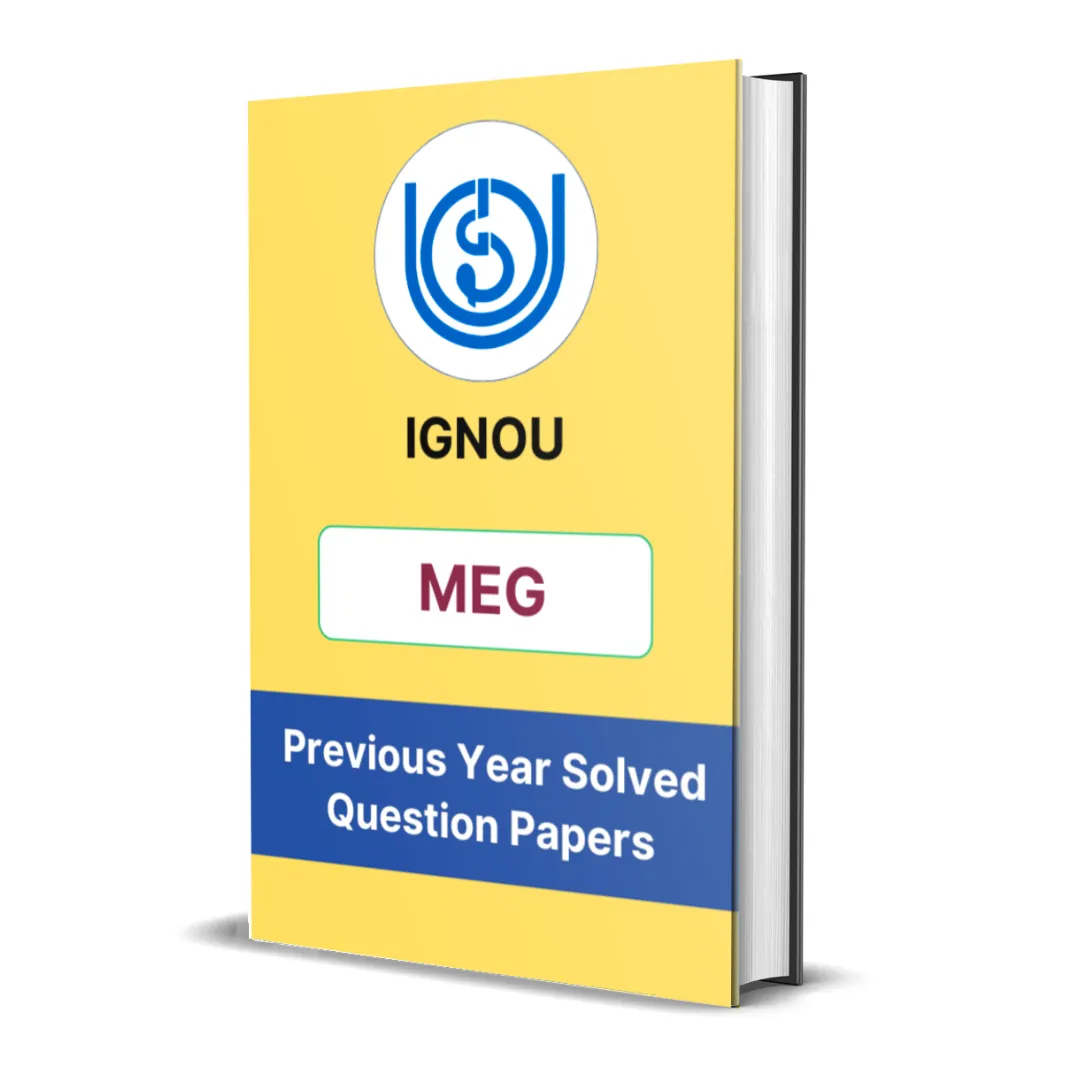Here you will get the detailed summary of IGNOU MEG 13 Block 2 – Fiction and Autobiographical Writing.
We have provided the summary of all units starting from unit 1 to unit 4.
Introduction
IGNOU MEG-13 Block 2 focuses on Fiction and Autobiographical Writing, exploring how Dalit writers use both forms—memoir and fiction—as powerful mediums of resistance and self-representation. This block brings together two prominent voices in Dalit literature: Balbir Madhopuri and Bama, both of whom employ autobiographical narratives to foreground the lived realities of caste oppression. The units examine how their personal journeys reflect broader social and political contexts, giving voice to communities that have been systematically excluded. The block is divided into four units—two each for Madhopuri’s Changia Rukh: Against the Night and Bama’s Sangati—and emphasizes themes such as identity, marginalization, gender, social mobility, and dignity.
Unit 1 – Balbir Madhopuri: Changia Rukh: Against the Night – I
This unit introduces Balbir Madhopuri’s autobiography Changia Rukh, which chronicles his journey from a marginalized Dalit village boy to an accomplished writer and public intellectual. The text is set against the backdrop of rural Punjab, where caste-based discrimination pervades every aspect of daily life. The narrative reflects the deep psychological and social wounds inflicted by untouchability and economic hardship.
The first part of the analysis focuses on:
-
Madhopuri’s early experiences with poverty, humiliation, and limited access to education.
-
His growing awareness of caste hierarchies within village life, especially the normalized practices of exclusion and social ostracism.
-
The resilience and support offered by his family, especially his parents, who encouraged education as a path toward dignity.
-
His school days, which were marked by alienation, ridicule, and the struggle to assert self-worth in a hostile environment.
The unit shows how the autobiography becomes a tool of resistance, documenting what it means to grow up Dalit in a society structured by graded inequality.
Unit 2 – Balbir Madhopuri: Changia Rukh: Against the Night – II
The second unit continues the exploration of Madhopuri’s life, particularly his coming of age, exposure to Ambedkarite thought, and entry into the world of literature and social activism. This part of the text captures the transformation of the narrator from a silent observer of oppression into an articulate critic of the system.
Major themes in this unit include:
-
The protagonist’s pursuit of education against all odds, including financial constraints and institutional discrimination.
-
His increasing political consciousness, particularly under the influence of Dr. B.R. Ambedkar’s philosophy of social justice and equality.
-
The challenge of navigating caste prejudice even in urban, supposedly progressive spaces.
-
His eventual success as a writer and intellectual, which becomes a way to represent and uplift his community.
The narrative illustrates how autobiography can serve as a collective testimony, representing not just individual struggle but the aspirations and experiences of a community. It also emphasizes the role of language and memory in constructing a counter-history to dominant caste narratives.
Unit 3 – Bama: Sangati – I
This unit shifts the focus to Bama’s Sangati, a semi-autobiographical novel that centers on the experiences of Dalit Christian women in Tamil Nadu. Unlike a linear autobiography, Sangati takes the form of a collective memoir, drawing attention to the interconnected lives of multiple women in Bama’s community. The narrator documents everyday stories of discrimination, resilience, suffering, and strength.
The first part of the analysis covers:
-
The intersection of caste, gender, and religion, highlighting how Dalit women are doubly oppressed.
-
The harsh physical and emotional labour imposed on women from childhood, as well as the abuse and violence they face within families and society.
-
How stories of women are passed through oral traditions, becoming a source of cultural memory and resistance.
-
The narrator’s empathy and identification with the women, especially her recognition of their struggles as being central to the Dalit experience.
This unit emphasizes that Sangati is not merely a novel; it is a feminist and anti-caste document, which dares to speak the unspeakable.
Unit 4 – Bama: Sangati – II
The second part of the discussion of Sangati delves deeper into the narrative structure and thematic concerns of the text. Bama does not portray her characters as helpless victims but as agents of survival and assertion, who use wit, work, solidarity, and storytelling to fight back against oppression.
Themes covered in this unit include:
-
Resistance in everyday life—whether through small acts of defiance, laughter, or protest.
-
The celebration of Dalit women’s resilience, even as it critiques the patriarchy within the Dalit community itself.
-
The narrator’s evolving feminist consciousness, shaped by observing the lived experiences of older women.
-
The importance of education, economic independence, and awareness in bringing about change.
Bama’s Sangati ultimately serves as a political text, calling attention to the need for both social justice and gender equality within Dalit discourse. The narrative challenges not only caste-based oppression but also the internal hierarchies and silences that often go unaddressed.

